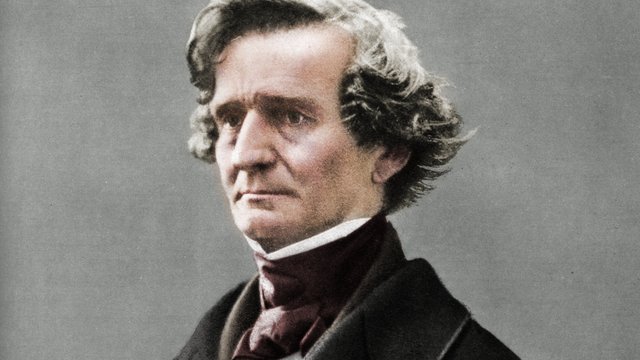Introduction:
Hector Berlioz, a visionary composer of the Romantic era, left an indelible mark on the world of classical music. His revolutionary approach to orchestration, dramatic storytelling, and innovative techniques made him a trailblazer of his time. In this blog post, we invite you on a journey through the ten best compositions by Hector Berlioz, showcasing his genius, emotional depth, and unmatched musical prowess.
- Symphony Fantastique (1830): Considered a groundbreaking work, Symphony Fantastique embodies Berlioz’s musical genius. This five-movement symphony delves into the depths of unrequited love, obsession, and hallucinations. With its dramatic narrative and imaginative orchestration, this masterpiece continues to captivate audiences worldwide.
- Les Troyens (1858): Les Troyens, a grand opera in five acts, showcases Berlioz’s ability to transform epic tales into musical landscapes. Based on Virgil’s Aeneid, this opus blends grand choruses, arias, and vivid orchestration to depict the fall of Troy and the adventures of Aeneas. It remains a testament to Berlioz’s grand vision.
- Requiem (1837): Berlioz’s Requiem, known as the Grande Messe des Morts, is a monumental choral work. With its powerful orchestration and hauntingly beautiful melodies, it honors the deceased on a grand scale. This composition showcases Berlioz’s mastery of capturing profound emotions and evoking a sense of awe and reverence.
- Harold in Italy (1834): Harold in Italy, a symphony with viola solo, was inspired by Lord Byron’s Childe Harold’s Pilgrimage. Berlioz masterfully intertwines the viola’s melancholic voice with orchestral passages, taking the listener on a picturesque journey through the Italian countryside. This composition highlights Berlioz’s innovative use of solo instruments within an orchestral framework.
- Roméo et Juliette (1839): Berlioz’s musical adaptation of Shakespeare’s tragedy Romeo and Juliet is a feast for the senses. Combining symphony, chorus, and soloists, this work encapsulates the emotions and turmoil of the ill-fated lovers. Berlioz’s evocative melodies and dramatic orchestration make Roméo et Juliette an unforgettable experience.
- La damnation de Faust (1846): La damnation de Faust, a “dramatic legend” in four parts, demonstrates Berlioz’s flair for dramatic storytelling. Blending elements of opera, oratorio, and symphony, this work delves into the eternal struggle between good and evil. Its imaginative use of orchestration and vocal writing transports the listener through Faust’s journey of temptation and redemption.
- Benvenuto Cellini (1838): Benvenuto Cellini, an opera in two acts, showcases Berlioz’s ability to infuse historical events with vivid musical expression. Based on the life of the renowned Florentine sculptor, this opera explores themes of love, art, and individuality. Berlioz’s inventive orchestrations and dynamic vocal writing bring the colorful characters and Renaissance setting to life.
- Symphonie funèbre et triomphale (1840): Symphonie funèbre et triomphale, a ceremonial march for military band and orchestra, was composed to commemorate the 1830 revolution in France. This powerful work captures the solemnity of mourning as well as the triumphant spirit of a nation. Berlioz’s masterful orchestration and majestic melodies make this composition a testament to his patriotic fervor.
- Les nuits d’été (1841): Les nuits d’été, a song cycle for voice and orchestra, offers a glimpse into the poetic world of Berlioz. Comprising six enchanting songs, this collection reflects the joys and sorrows of love, nature, and the human experience. Berlioz’s sublime melodies, combined with his sensitive treatment of text, create a deeply emotional and intimate musical journey.
- Te Deum (1849): Berlioz’s Te Deum, a monumental choral and orchestral composition, showcases his mastery of large-scale works. With its grandeur and grandiosity, this piece exudes a sense of spiritual awe and majesty. Berlioz’s innovative use of timbres and textures, combined with the powerful choral sections, make Te Deum a testament to his ability to create breathtaking sonic landscapes.
Conclusion:
Hector Berlioz’s compositions continue to inspire and captivate listeners to this day. From the epic narratives of his symphonies to the intimate beauty of his song cycles, Berlioz’s music stands as a testament to his genius and pioneering spirit. Exploring these ten masterpieces will undoubtedly deepen your appreciation for the immense musical contributions of this visionary composer. Immerse yourself in Berlioz’s world, and let his timeless melodies transport you to new emotional heights.


Comments are closed